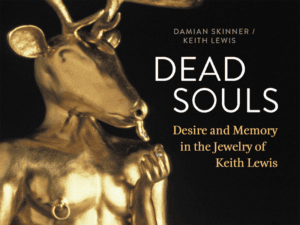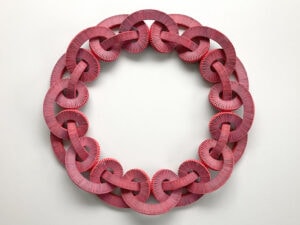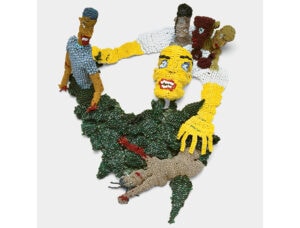

It was not only the notion of tradition or the installation of the work in such a grand austere space that was notable, but also the precious nature of the work. Meticulously placed on acutely angled tables, the jewelry filled the space with a banquet of natural vibrant colors.


The books perched atop the lecterns were constructions of secret hiding places, hollowed out books that could be considered another innocuous manuscript. Innocent? They were not, since beautiful jewelry occupies the hollowed spaces, hiding away as if it were a parasite occupying its host. Sherman uses cursory references to book titles; however, her attention to detail reveals a comprehensive understanding. As Sherman writes in her artist statement, ‘I have not read any of the books as I was not interested in illustrating, but in responding to the title, or purely visual information, and common knowledge of the given subject.’
As with Slemmons’s exhibition, the presentation formalized the work, engaging the viewer by removing the work from a standard plinth and vitrine presentation and allowing the attendees to appreciate the work with the intimacy necessary to view the manuscripts. The works speak to a ‘common knowledge,’ not a language about a specific thing but rather a ‘meta-idea,’ threading together several disassociated ideas and creating phenomena.
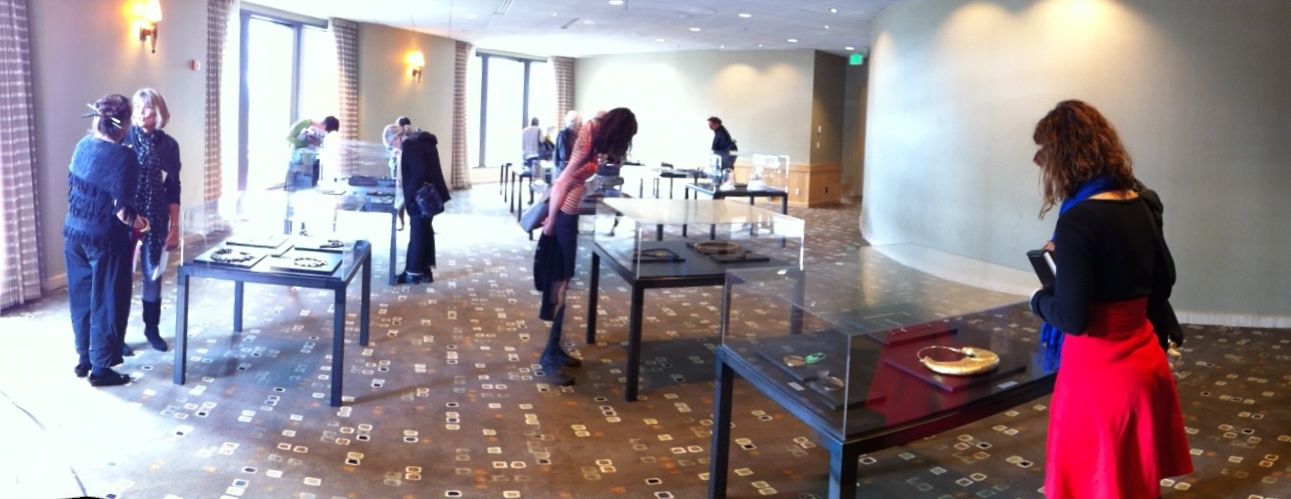
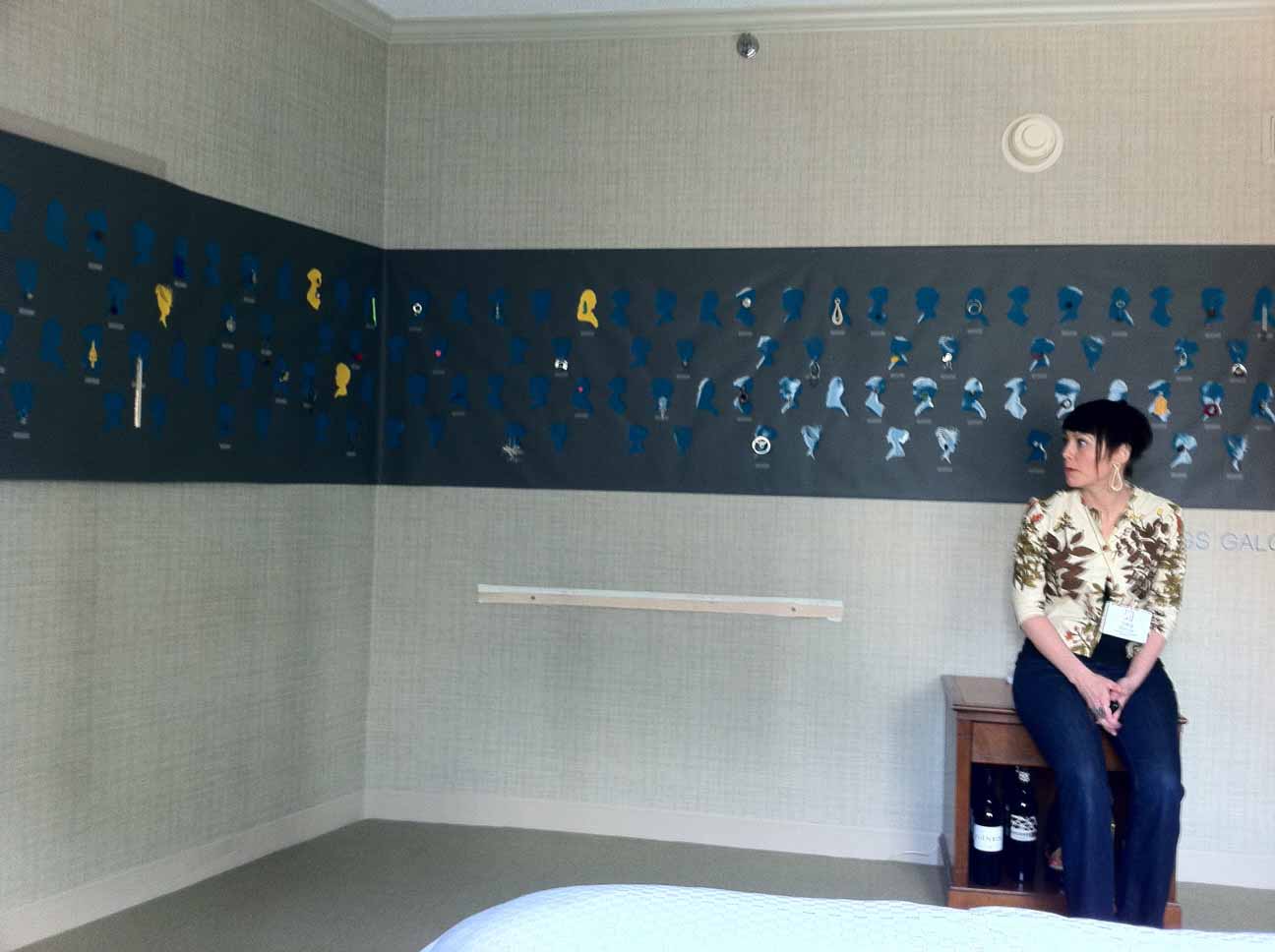
One of my last exhibition visits of the conference almost didn’t happen. Earrings Galore, presented by the Heidi Lowe Gallery, was a noteworthy POP-UP that took place in a re-contextualized hotel room. According to gallery owner Heidi Lowe, the idea for the project was spawned two years earlier, when she carried a small parcel of work with her to the 2009 SNAG conference in Philadelphia and everything sold. Based on the success of her 2009 experience, Lowe planned the Earring Galore pop-up based on her successful annual exhibition held at her gallery in Rehoboth Beach. A call for entries was published and, of the applications received, 27 artists were chosen and presented in Seattle.
Room 1637 of the Westin Hotel was stripped bare of the chattels assigned to the hotel room: no headboards, no nightstands, just two relocated queen-sized beds looking out on the city’s skyline. The concept of disassembling a perfectly good hotel room added an edge to the show, like rock-stars trashing a hotel room after a drunken bender. At eye level the walls were clad by a sequence of elegant Victorian paper silhouettes adorned with the artist’s earrings.



